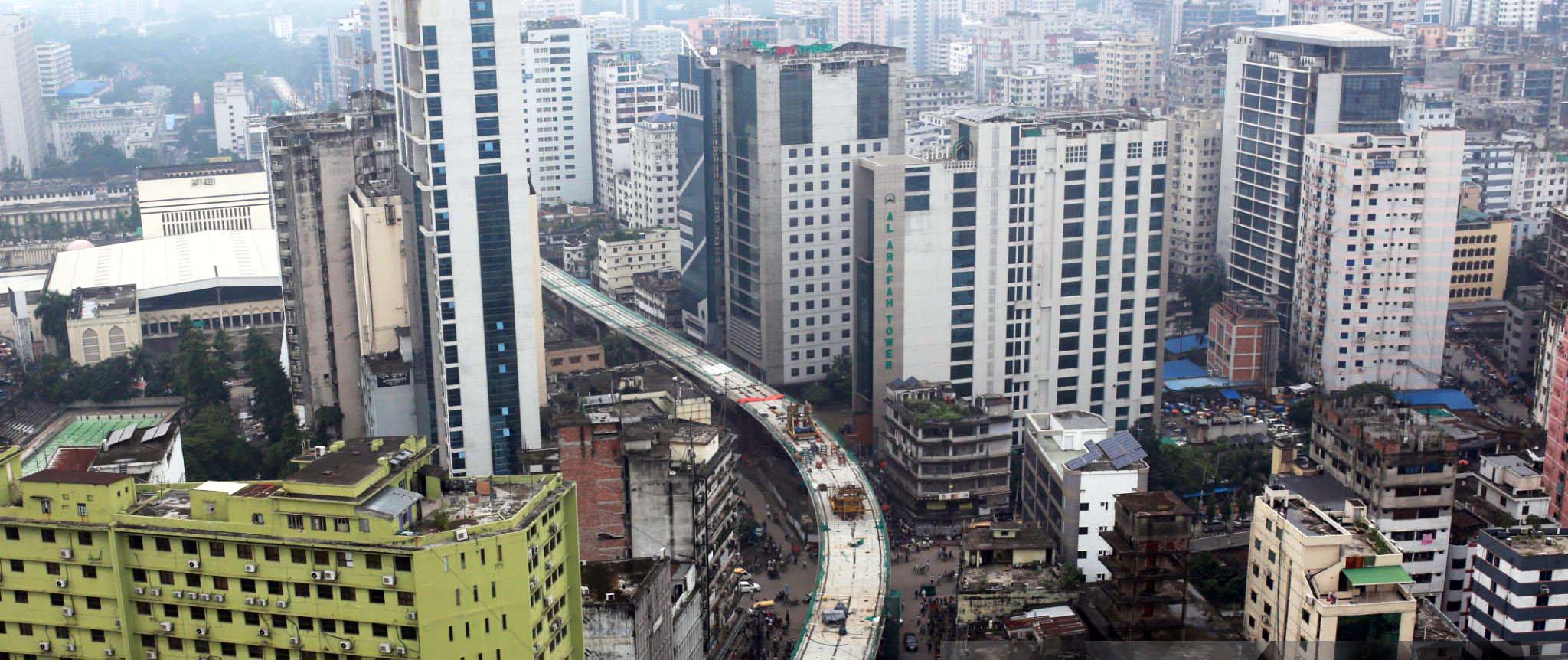Bangladesh is experiencing transformative changes in geo-surveys and architectural initiatives, despite facing notable challenges. Here’s a roundup of recent advancements and obstacles:
Digital Land Survey Project Stalled
The ambitious Digital Land Surveying System (DLSS) project aimed at modernizing land surveys through GIS-based systems was discontinued due to minimal progress. Over three and a half years, only 0.28% of the Tk1212.55 crore project was completed. Key challenges included manpower shortages in the Land Record and Survey Department and inefficiencies in hiring private firms.
GNSS and Tectonic Studies
Efforts to enhance understanding of earthquake hazards and land deformation in the Indo-Burma subduction zone are underway. Researchers are repairing GNSS (GPS) instruments in eastern Bangladesh to study tectonic activity, land subsidence, and sedimentation. This internationally collaborative initiative holds promise for improving disaster preparedness.
Rethinking Architectural Education
Criticism of Bangladesh’s architectural education system is growing due to its limited focus on sustainability and energy efficiency. Experts advocate for integrating Architectural Science and Technology into curricula, emphasizing climate analysis, energy-efficient designs, and environmental impact assessment to address the country’s unique climatic challenges.
Prominent Architectural Projects
Ongoing architectural ventures reflect a drive for innovation and sustainability:
- Dhaka Tower by OMA is set to become one of Bangladesh’s tallest buildings.
- Projects like the Co-creation of Urban Spaces by the Nobogonga River are gaining international acclaim for their focus on sustainability and social inclusivity.
Final Thoughts
From stalled digital survey initiatives to groundbreaking architectural projects, Bangladesh is navigating a landscape of challenges and opportunities. With sustained efforts and innovative approaches, these fields can significantly contribute to the nation’s growth and resilience.
